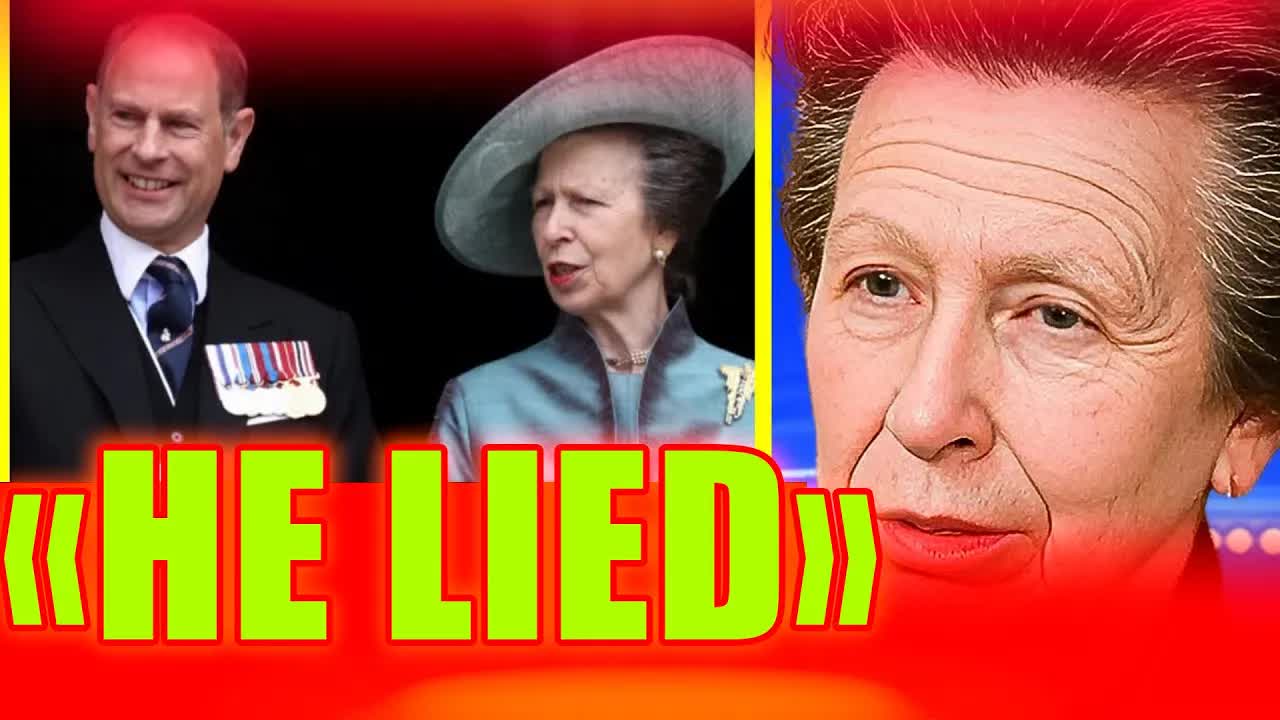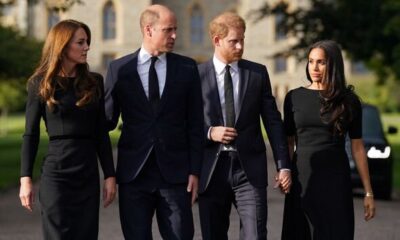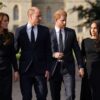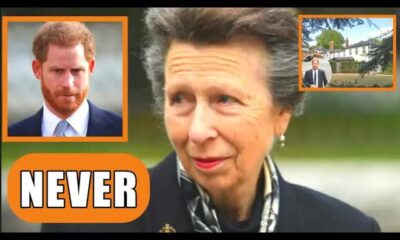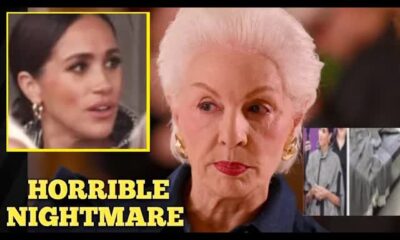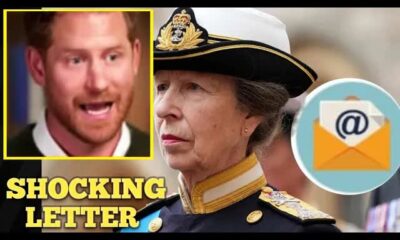The News
Princess Anne and Prince Andrew: A Tale of Royal Rivalry and Responsibility
The British royal family is often the subject of captivating stories, but one relationship that doesn't always get the spotlight is the bond between Princess Anne and Prince Andrew.
While their siblings might attract more attention, these two have shared a unique connection over the years.
As children of Queen Elizabeth II, they navigated the complexities of royal life, and their relationship has evolved in intriguing ways.
Princess Anne, the Queen's eldest daughter, was once considered for a significant role within the monarchy.
However, as fate would have it, her younger brother, Prince Andrew, was given precedence in the line of succession.
This situation highlighted the gender biases that were prevalent in royal hierarchy at the time.
Born on February 19, 1960, Andrew enjoyed a different upbringing, characterized by privileges that were often out of reach for his older siblings.
His access to various nurseries across royal estates showcased the special treatment he received from an early age.
Known for his playful and sometimes mischievous nature, Andrew was affectionately nicknamed Baby Grumbling.
His antics rarely led to severe consequences, perhaps fostering a sense of invulnerability that has followed him into adulthood.
As he matured, Andrew continued to attract media attention, but he faced little accountability for his actions, suggesting a pattern of leniency within the royal family.
One incident that stands out occurred after the tragic bombing of Pan Am Flight 103 in December 1988, which devastated Lockerbie, Scotland.
During a visit, Andrew made remarks that many deemed insensitive, stating that the tragedy had a greater impact on Americans.
While there was some truth to his words, they came off as lacking empathy for the grieving community.
The Queen's response was notably gentle, reflecting her disapproval without harsh reprimand—a common approach to managing Andrew's behavior.
Andrew's luxurious upbringing likely contributed to his sense of entitlement and expectation of leniency.
This perception of favoritism has been a recurring theme, even depicted in popular culture, such as the Netflix series “The Crown.”
Many speculate that the Queen's preference for Andrew stemmed from the timing of his birth.
By 1960, she had settled into her role and could devote more time to him and Edward than she had with Charles and Anne, who were primarily cared for by nannies due to her demanding schedule.
Despite being the older sibling, Anne's position in the line of succession remains lower than Andrew's, a frustration that many believe she feels deeply.
The historical male-preference primogeniture rule has long dictated royal succession, placing male heirs above their older sisters regardless of birth order.
Although the 2013 Succession to the Crown Act updated this rule for future generations, it did not alter Anne's standing, leaving her hard work and dedication overshadowed by outdated customs.
Amidst ongoing controversies surrounding Andrew, including his alleged connections to Jeffrey Epstein, discussions about royal succession have intensified.
His reputation has suffered significantly due to accusations of misconduct, culminating in a disastrous BBC interview that failed to provide clarity and resulted in public backlash.
Following mounting pressure, Andrew stepped back from royal duties, a move intended to protect the monarchy's image.
As Andrew's public image deteriorated, Princess Anne emerged as a stabilizing force within the royal family.
Her unwavering commitment to service and numerous charitable endeavors have garnered respect from the public, leading many to argue that she deserves greater recognition in the line of succession.
Her actions reflect a dedication to duty rather than a desire for power, embodying the spirit of modern monarchy.
Despite their differing approaches to royal life, tensions occasionally surface between Anne and Andrew.
One notable incident involved a disagreement over Andrew's ex-wife, Sarah Ferguson, where Anne's candid remarks reportedly left Sarah in tears.
This moment exemplified the contrasting personalities of the siblings and the underlying tensions that can arise from their differing perspectives.
Both siblings have faced personal challenges, particularly during the tumultuous early 1990s, which Queen Elizabeth famously dubbed her “Annus Horribilis.”
While Andrew dealt with the fallout from his separation and subsequent divorce from Sarah, Anne navigated her own marital difficulties with Mark Phillips.
Their experiences shaped their paths, with Anne ultimately finding stability with her second husband, Sir Timothy Lawrence.
Anne's commitment to her children, Peter Phillips and Zara Tindall, contrasts sharply with the public lives of Andrew's daughters, Princess Beatrice and Princess Eugenie.
While Anne prioritizes privacy and normalcy, Andrew's daughters often find themselves in the media spotlight, partly due to their father's controversies.
The differences in their parenting styles may have provided Andrew with insights as he raised his daughters amid the pressures of royal life.
Amidst Andrew's controversies, Princess Anne has consistently advocated for accountability.
She was among the first to support disciplinary measures against him, recognizing the serious implications of his past associations.
In a bid to manage the crisis, Anne, along with Prince Charles and Prince Edward, engaged in discussions to determine the best course of action for the royal family.
The dynamics within the royal family have revealed a collective effort to uphold the monarchy's integrity while addressing the fallout from Andrew's actions.
The Queen's leadership has been crucial in navigating these turbulent waters, with her children's support providing a united front during a challenging time.
As the royal family faces scrutiny, Princess Anne's steadfast dedication to her duties stands in stark contrast to her brother's troubled reputation, highlighting the ongoing evolution of the British monarchy.


